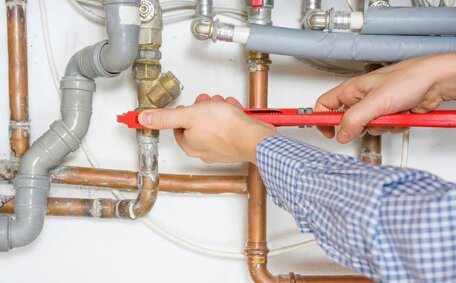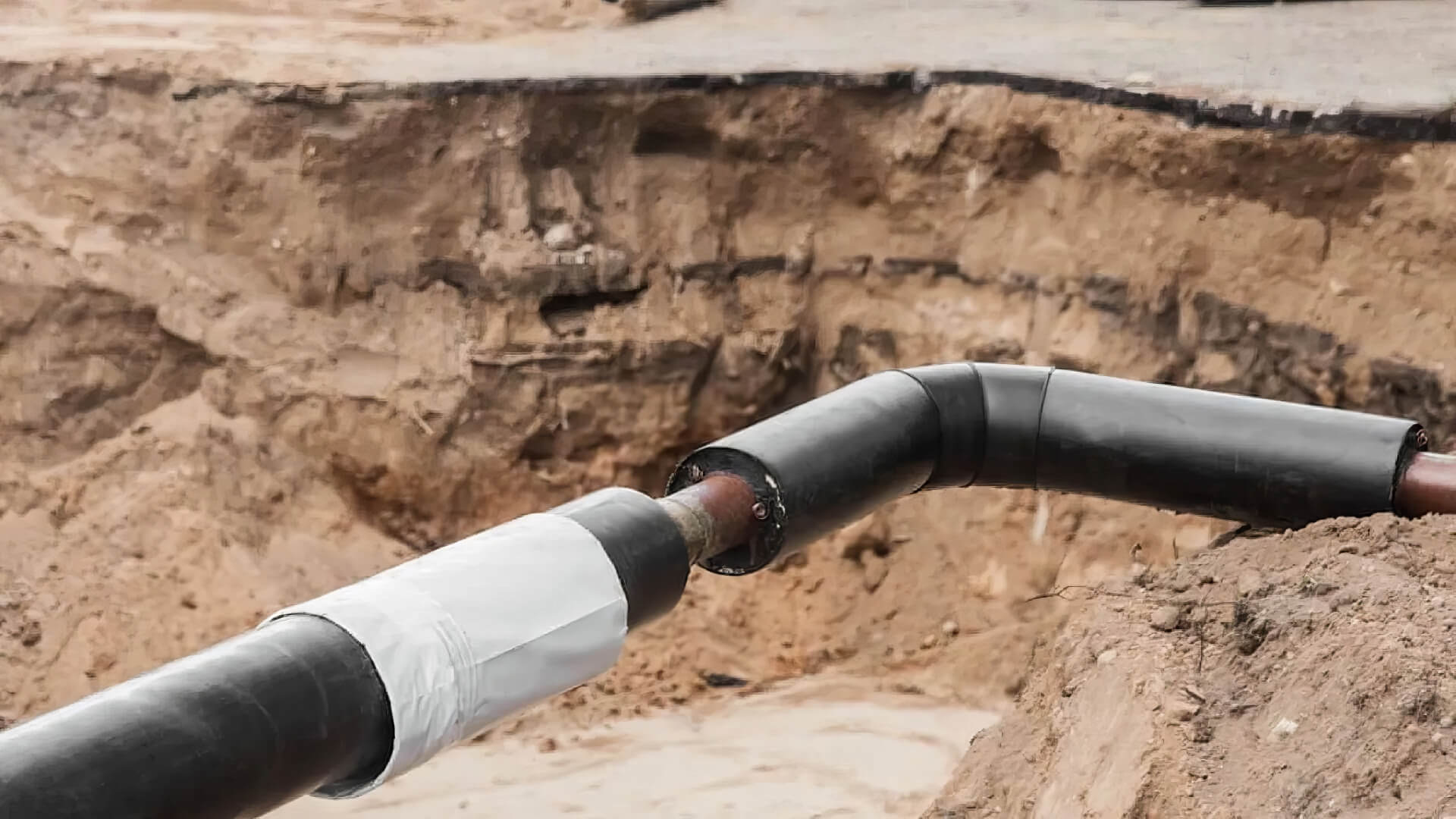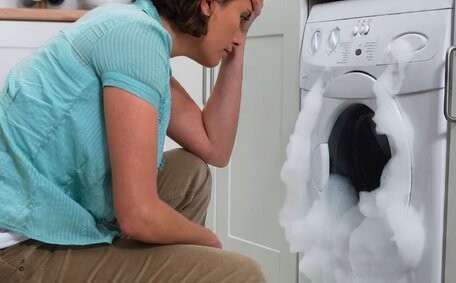
What’s involved in upgrading your gas meter?
Upgrading your gas meter is a simple process completed by qualified technicians. It involves disconnecting your gas supply for 15 minutes to swap the meter. Contact us today for a quote.
Read MoreDealing with a blocked drain can be frustrating, but using a plunger is often an effective first step before calling a professional plumber. Positioning a plunger over your shower drain opening and using force to push down can often clear blockage and get right to the problem caused by simple clogs like hair, grease, and other debris.
You can use a standard sink plunger or a toilet plunger, both of which work best for most household drains. Confirm that the plunger forms a watertight seal over the drain to maximise suction and effectively dislodge clogs. Continue plunging until the clog is dislodged and water flows freely.
Apply 10-15 forceful plunges directly into the drain, then lift the plunger to clear the obstruction and allow water to flow.
A plunger with a longer arm can manage blockages beyond the trap, not just in your toilet, but also in kitchen and bathroom sinks.
Closet augers equipped with a hand crank can reach deep into pipes to clear tough obstructions. Exercise caution when using harsh chemicals like caustic soda, as they may damage pipes.
If home remedies are inadequate, seek expert advice from Mortdale Plumbing for complex drain unblocking issues. Our guide details how plumbers use a power auger to navigate challenging blockages, effectively restoring wastewater flow.
There are several common types of plungers used for clearing blocked drains:
Cup plungers are versatile tools for clearing clogs in your shower and tub drains, as well as seamlessly working on your sink without causing damage. Their large cup size creates strong suction to clear out even stubborn clogs in your blocked drains.
Toilet plungers have a smaller cup size optimised for fitting deep into toilets and clearing blockages near the trap. Their design facilitates a tight seal for forceful pressure application inside pipe bends.
In the event of a blocked toilet, an accordion plunger permits bending of the flexible edges to navigate bends and engage with stubborn blockages. The narrow cups snake deeper than cup plungers while retaining a tight seal.
Before plunging, make sure to take necessary safety precautions. Wear rubber gloves and eye protection when using caustic drain cleaners. Clear the area around the drain and remove any slip hazards.
Position the plunger directly over the drain opening to form an airtight seal, rather than at an angle. For best results, ensure the plunger’s cup fills the hole to efficiently push excess water and obstructions through the sink.
Start by sealing the overflow hole to effectively unblock your sink before addressing the clog. The better the seal, the more effectively you’ll unblock the sink, pushing debris through the drain pipes.
Boil water to help maintain your plumbing system; pouring hot water down the drain can aid in dissolving clogs. Guide a cup hot water into drain and allow it to sit for a few minutes, prepping the clog for the plunging process.
Ensure a correct hand position atop the plunger handle for effective pressure exertion down the drain. Lift up slightly to break the seal then push back down. The generated suction from the plunger will effectively drain your sink clear of the clog, particularly in cases with standing water.
Repeat the plunging action 10-15 times as needed.
Follow these key steps when using a plunger to clear clogged drains:
Methodically tackle plunging, ensuring a snug seal so water can exert pressure to propel debris through when you need unclog with the aid of a plumbers snake. A series of strong plunge strokes combined with cleaning mixtures often dislodges stubborn obstructions from your drain.
If a plunger is ineffective, consider other methods to tackle larger obstructions. Try pouring boiling water down the drain and listen for gurgling, which suggests water is moving through the pipe. No noise likely means a tough clog or blockage further down pipe.
Consult our guide on managing slow-draining fixtures, which could point to a main sewer line clog affecting your plumbing system. Inspect our tips to find out how if sinks or showers sharing the same pipeline are operating slowly despite efforts to rectify the flow.
For complex blockages, professional plumbers may use drain augers, extending the cable to mechanically remove obstructions. Introduce a few feet of cable through the toilet’s curvature, twisting it as you can remove the obstructive debris.
When DIY measures fail to clear your clogged drain, contact the experts at Mortdale Plumbing, because it’s time to seek professional assistance. Discover how unblock sink issues with our technicians’ use of industrial augers, snaking beyond 100 feet to clear obstructions, tree roots, or collapsed pipes.
Although chemical drain cleaners can dissolve clogs, they often contain harsh ingredients, unlike gentler mixtures of vinegar and baking soda. Safer, eco-friendly methods for clearing light drain clogs include:
Let the solution sit for half an hour to break down the clog. After the initial mixture, add 1 cup of white vinegar and cover the drain.
Heat up a medium-sized pot of water until rapidly boiling and pour down the drain, allowing the water to sit for a few minutes before addressing the drain clog.
Repeat if needed.
Discover how to unblock a drain using our guide, which details how to feed wire coat hanger or drain snake down the pipes to manually extract hair and debris. Use a drain auger to remove accumulated hair and other materials, much like using washing powder on stains. While not chemical-free, mechanical removal is gentler on pipes.
The above methods may require repeat applications but offer a safe first option before turning to harsher chemical drain cleaners. Protect your plumbing and the planet by trying green solutions first to keep your drains clear.
Routine household alternatives and diligent plumbing maintenances can help prevent your drains from becoming clogged on a recurring basis:
Remain alert to what descends through drains in your home. Employ these tips to keep your pipes clear. For complex plumbing issues in the Gold Coast area, consider Mortdale Plumbing for expert unclogging services.
Upgrading your gas meter is a simple process completed by qualified technicians. It involves disconnecting your gas supply for 15 minutes to swap the meter. Contact us today for a quote.
Read MoreWe use only the most durable, long-lasting and eco-friendly pipe relining materials such as PVC and epoxy resin to repair pipes without excavation.
Read MoreChemical drain cleaners contain toxic chemicals like sulfuric acid and sodium hydroxide that can damage pipes, disrupt septic systems, and harm humans if inhaled or make contact with skin. Avoid chemical drain cleaners and call Mortdale Plumbing at [phone] for safe, eco-friendly drain cleaning.
Read MoreMortdale, 2223 NSW
We will call back as soon as possible.




